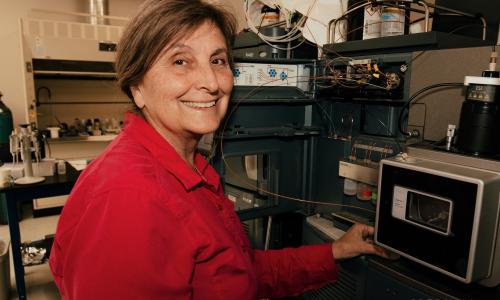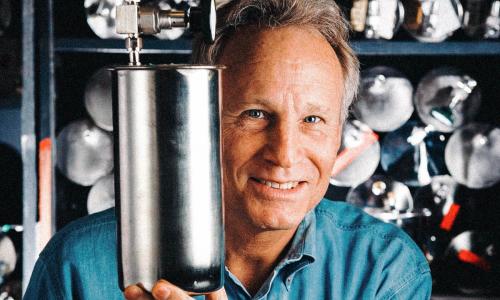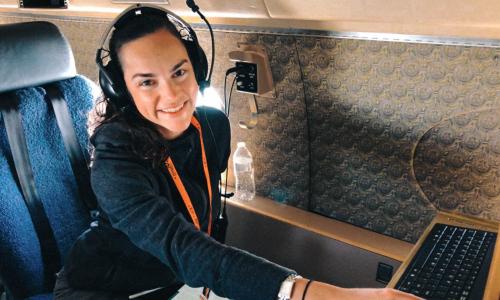The Future of Health
Jul 25, 2022
The awards recognize contributions made to research, teaching, mentoring and service.
Jul 22, 2022
Christ received her Ph.D. in Chemistry from UCI in 1994. But that was just the start.
Jul 21, 2022
The Nowick Research Group in the UCI Department of Chemistry is working on new antibiotics that will help combat the growing antibiotic resistance crisis.
Jun 10, 2022
Aspirin changes the way colorectal cancer cell populations evolve over time, making them less able to survive and proliferate, according to a new study.
Jun 9, 2022
Next up: Does the medication offer protection against other forms of cancer?
Jun 8, 2022
The award is the highest honor bestowed by the American Chemical Society's Southern California chapter.
Jun 7, 2022
Jane Baldwin has just completed her first year as an Assistant Professor at the University of California Irvine. Her combination of interests is non-traditional, at least for someone coming up through the places and programs that she has.
Jun 2, 2022
“It’s been remarkable, surreal and humbling at the same time to receive this.”
May 31, 2022
An accidental discovery in UCI Distinguished Professor Larry Overman’s lab in the 1970s helped define his research direction and legacy.
May 26, 2022
The new fellows research everything from solutions to climate change through chemistry to cancer treatments through mathematical modeling.
May 11, 2022
The UCI Ph.D. student just won the UCI Grad Slam research communication competition — but that’s just part of her story.
Apr 27, 2022
KUCI's Keven Bossenmeyer interviews the Ph.D. students studying last October's OC oil spill.












